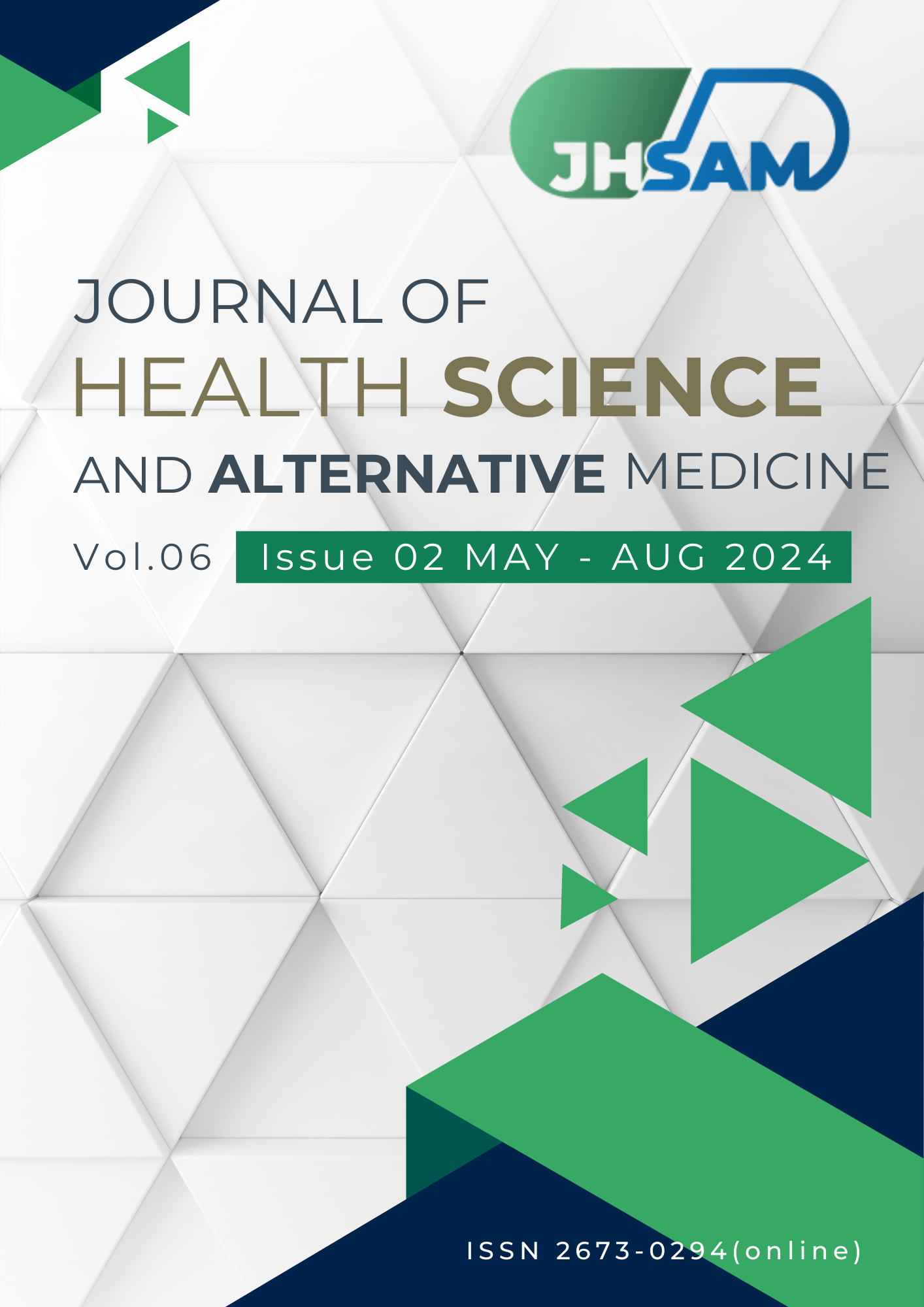Reliability of Integrating 2D Image Analysis Software with the Gait Assessment and Intervention Tool in Individuals with Stroke
Main Article Content
Abstract
Introduction: The Gait Assessment and Intervention Tool (GAIT) is well-regarded for its intra-rater and inter-rater reliability and presents an ideal foundation for integration with 2D image analysis. This innovative combination aims to leverage the strengths of both subjective and objective assessment methods. While the psychometric properties of the GAIT tool, including its concurrent validity, have been previously explored, the potential of augmenting it with 2D image analysis for gait assessment has yet to be thoroughly investigated. This study aimed to validate the integration of the GAIT tool with 2D image analysis software, hypothesizing that this combination would provide a comprehensive and nuanced assessment of gait parameters in post-stroke individuals. The primary focus was to evaluate the reliability of gait parameter measurements derived from this integrated approach.
Methods: Nine post-stroke participants were assessed using the GAIT tool, augmented with 2D image analysis, at baseline and follow-up by a single experienced therapist. The study assessed intra-rater reliability using the Intra-class Correlation Coefficient (ICC), Standard Error of Measurement (SEM), and Minimal Detectable Change (MDC).
Results: The integrated approach of the GAIT tool and 2D image analysis demonstrated excellent intra-rater reliability. The total GAIT score exhibited an ICC of 0.99 (SEM = 1.06, MDC = 2.94). Subscores for stance and swing phases, stance phase alone, and swing phase alone showed high reliability with ICC values of 0.95, 1.00, and 0.99, respectively. SEMs ranged from 0.00 to 0.57, and MDCs from 0.00 to 1.58.
Conclusion: The combination of the GAIT tool and 2D image analysis shows promise for providing a reliable and detailed assessment of gait abnormalities in stroke survivors. The excellent intra-rater reliability underscores its potential utility in clinical and research settings, suggesting a significant advancement in gait assessment methodologies.
Article Details

This work is licensed under a Creative Commons Attribution-NonCommercial-NoDerivatives 4.0 International License.
JHSAM publishes all articles in full open access, meaning unlimited use and reuse of articles with appropriate credit to the authors.
All our articles are published under a Creative Commons "CC-BY-NC-ND 4.0". License which permits use, distribution and reproduction in any medium,
provided that the original work is properly cited and is used for noncommercial purposes.
References
Duncan PW, Goldstein LB, Matchar D, Divine GW, Feussner J. Measurement of motor recovery after stroke. Outcome assessment and sample size requirements. Stroke. 1992;23(8):1084-9.
Zimbelman J, Daly JJ, Roenigk KL, Butler K, Burdsall R, Holcomb JP. Capability of 2 gait measures for detecting response to gait training in stroke survivors: gait assessment and intervention tool and the tinetti gait scale. Arch Phys Med Rehabil. 2012;93(1):129-36.
Lord SE, Halligan PW, Wade DT. Visual gait analysis: the development of a clinical assessment and scale. Clin Rehabil. 1998;12(2):107-19.
Estrada-Barranco C, Cano-de-la-Cuerda R, Molina-Rueda F. Construct validity of the Wisconsin Gait Scale in acute, subacute and chronic stroke. Gait Posture. 2019;68:363-8.
Daly JJ, Nethery J, McCabe JP, Brenner I, Rogers J, Gansen J, et al. Development and testing of the gait assessment and intervention tool (G.A.I.T.): a measure of coordinated gait components. J Neurosci Methods. 2009;178(2):334-9.
Daly JJ, McCabe JP, Gor-Garcia-Fogeda MD, Nethery JC. Update on an observational, clinically useful gait coordination measure: the gait assessment and intervention tool (G.A.I.T.). Brain Sci. 2022;12(8).
Molina-Rueda F, Carratala-Tejada M, Cano de la Cuerda R, Alguacil-Diego IM, Miangolarra Page JC, Cuesta-Gomez A. Examination of the reliability of gait assessment and intervention tool in patients with a stroke. Int J Rehabil Res. 2018;41(1):84-6.
Ugbolue UC, Papi E, Kaliarntas KT, Kerr A, Earl L, Pomeroy VM, Rowe PJ. The evaluation of an inexpensive, 2D, video based gait assessment system for clinical use. Gait Posture. 2013;38(3):483-9.
Arifin WN. Sample size calculator (web) [Internet]. 2024 [cited 25 August 2024]. Available from: https://wnarifin.github.io/ssc_web.html.
Balsalobre-Fernandez C, Tejero-Gonzalez CM, del Campo-Vecino J, Bavaresco N. The concurrent validity and reliability of a low-cost, high-speed camera-based method for measuring the flight time of vertical jumps. J Strength Cond Res. 2014;28(2):528-33.
Damsted C, Nielsen RO, Larsen LH. Reliability of video-based quantification of the knee- and hip angle at foot strike during running. Int J Sports Phys Ther. 2015;10(2):147-54.
Sanudo B, Rueda D, Pozo-Cruz BD, de Hoyo M, Carrasco L. Validation of a video analysis software package for quantifying movement velocity in resistance exercises. J Strength Cond Res. 2016;30(10):2934-41.
Kwakkel G, van Peppen R, Wagenaar RC, Wood Dauphinee S, Richards C, Ashburn A, et al. Effects of augmented exercise therapy time after stroke: a meta-analysis. Stroke. 2004;35(11):2529-39.
Yoo JW, Hong BY, Jo L, Kim JS, Park JG, Shin BK, Lim SH. Effects of age on long-term functional recovery in patients with stroke. Medicina (Kaunas). 2020;56(9).

